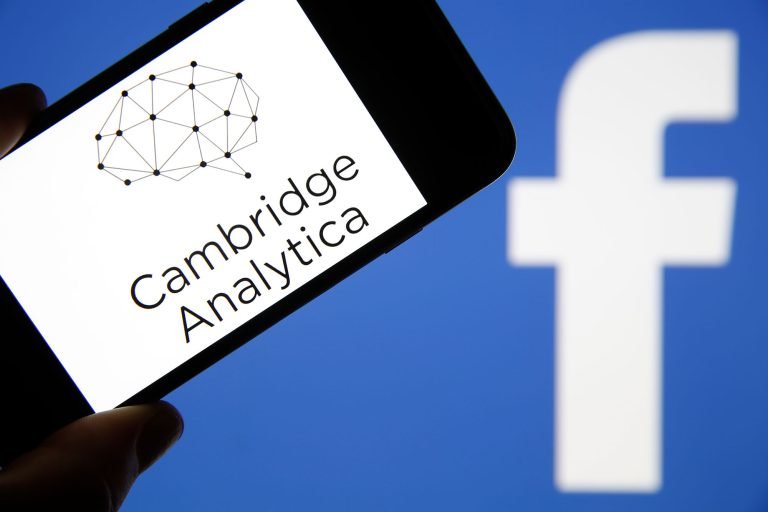Attack Description :
Disturbing reports have emerged regarding the alleged compromise of the Legacy Data Warehouse belonging to the University of Minnesota. Threat actor (TA) niggy, operating on nuovo Breach Forums, claims to have successfully breached the university’s Oracle server and exfiltrated SQL data. This stolen data reportedly includes over 7 million records of social security numbers (SSNs). The TA has dubbed their attack campaign the ‘Computer Niggy Operation (CNO)’.
Impact of the Data Breach: Compromised social security numbers: The alleged theft of over 7 million social security numbers poses a significant threat to the affected individuals. SSNs are highly sensitive personal identifiers, and their exposure can lead to identity theft, financial fraud, and a range of malicious activities.
Identity theft and financial fraud: With access to the stolen SSNs, cybercriminals can engage in identity theft and financial fraud, potentially causing severe financial losses and emotional distress for the affected individuals. The breach puts them at a higher risk of targeted attacks and scams.
Regulatory and legal consequences: The University of Minnesota may face severe regulatory and legal repercussions due to the breach. Violations of data protection laws and regulations can result in significant fines, legal actions, reputational damage, and a loss of public trust.
Reputational damage and loss of trust: Data breaches erode public trust and can significantly damage an institution’s reputation. The University of Minnesota may face scrutiny and criticism for the breach, leading to a loss of trust among students, faculty, partners, and stakeholders.
Operational disruptions and financial implications: Responding to a data breach requires significant resources, including forensic investigations, data recovery, legal consultations, and potential compensation for affected individuals. These costs, along with potential legal liabilities, can have a substantial financial impact on the university.
Mitigation Strategies:
Confirm and assess the breach: The University of Minnesota must initiate a thorough investigation to confirm the breach, evaluate the extent of the compromise, and determine the specific data accessed by the threat actor. Engage cybersecurity experts, legal professionals, and relevant authorities to ensure a comprehensive response.
Notification and support for affected individuals: Promptly notify affected individuals, providing clear and transparent communication about the breach, the specific data compromised, and the potential risks they may face. Offer guidance and support to mitigate the impact, such as credit monitoring services, identity theft protection programs, and resources for reporting and resolving identity theft incidents.
Enhance data protection measures: Strengthen data protection practices across the university’s systems and infrastructure. This includes implementing robust access controls, encryption, and multi-factor authentication. Regularly update and patch software to address vulnerabilities, conduct security audits, and promote a culture of cybersecurity awareness among staff and students.
Collaborate with law enforcement and regulatory bodies: Engage with law enforcement agencies, such as local police and relevant regulatory bodies, to report the breach and provide necessary information for their investigation. Cooperate fully with their efforts to identify and apprehend the threat actor responsible.
Review and update security protocols: Conduct a comprehensive review of existing security protocols and policies, identifying any weaknesses or areas for improvement. Update policies, procedures, and incident response plans to strengthen resilience against future attacks.
Continuous monitoring and threat intelligence: Implement real-time monitoring systems and threat intelligence tools to detect and respond swiftly to potential threats. Stay updated on emerging threats, vulnerabilities, and best practices to proactively address security risks.
Transparency and communication: Maintain open and transparent communication with students, faculty, and stakeholders throughout the incident response process. Provide regular updates on the progress made, security measures implemented, and any support available to those affected.
Take Away: The alleged compromise of the University of Minnesota’s Legacy Data Warehouse, resulting in the theft of over 7 million social security numbers, is a serious breach with far-reaching consequences. It underscores the critical need for robust data protection measures and a comprehensive incident response strategy. By promptly confirming the breach, notifying affected individuals, enhancing data protection measures, and collaborating with law enforcement and regulatory bodies, the University of Minnesota can mitigate the impact, protect affected individuals, and rebuild trust. It is imperative for educational institutions and organizations to prioritize cybersecurity and safeguard sensitive data from increasingly sophisticated threats.
Disclaimer : The information provided herein is on “as is” basis, without warranty of any kind.





